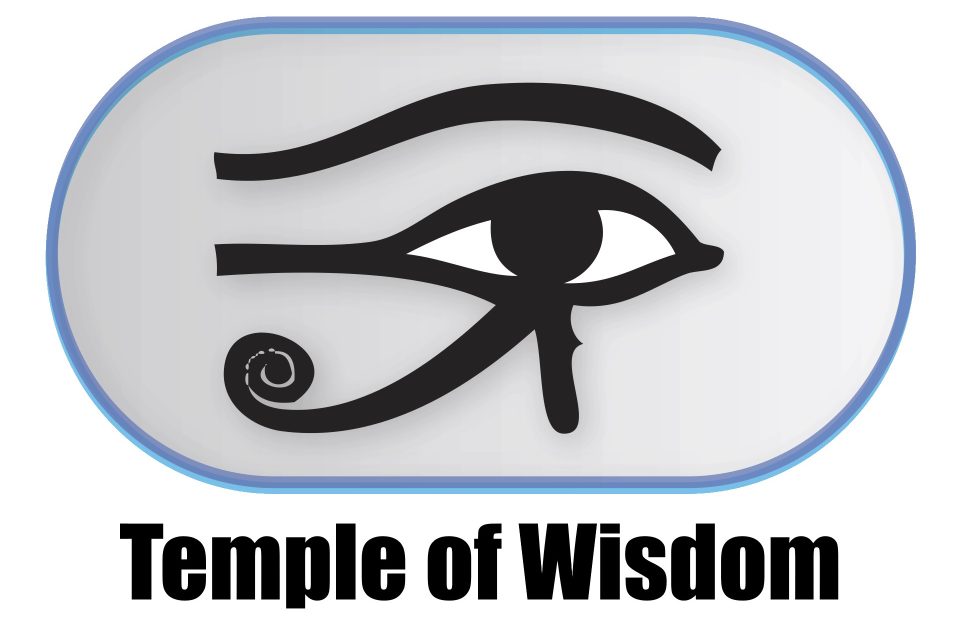Expressionism was a modernist art movement that originated in Germany in the early 20th century. It was a reaction against the traditional academic styles and the emerging industrialization of the time. Expressionism sought to express emotions and ideas in a bold and vivid manner, with an emphasis on subjective experience over objective reality.
The key features of Expressionist art were its use of bold colors, distortion of form, and expression of emotion. Expressionists used vivid, often unnatural colors, to convey a sense of heightened emotion and tension. They also distorted forms, creating elongated figures, distorted faces, and exaggerated angles, to express inner turmoil and psychological tension. The Expressionists were concerned with exploring the inner world of the individual, and their art often reflected their own personal experiences and struggles.
Several German artists were associated with the Expressionist movement, including Ernst Ludwig Kirchner, Emil Nolde, Franz Marc, August Macke, and Wassily Kandinsky. Kirchner was one of the founders of the movement and was known for his vibrant, colorful paintings of urban scenes and portraits. Nolde was another prominent Expressionist artist, who used bold colors and expressive brushstrokes to create powerful images of the natural world and human figures.
Franz Marc was known for his depictions of animals, which he imbued with a sense of spirituality and emotional intensity. August Macke, on the other hand, focused on the beauty of everyday life, using bright colors and bold forms to capture the energy and vitality of modern life. Wassily Kandinsky was also associated with the Expressionist movement, although he later became more closely associated with abstract art. Kandinsky believed that art should be a spiritual expression of the inner self, and his abstract works often incorporated symbols and references to his own spiritual beliefs.
Overall, the Expressionist movement in Germany was a reaction against the industrialization and materialism of the time, seeking to create art that expressed the inner world of the individual. Its key features included bold colors, distorted forms, and the expression of intense emotion. The movement produced some of the most iconic and influential artworks of the 20th century, and its legacy can still be seen in contemporary art today.












